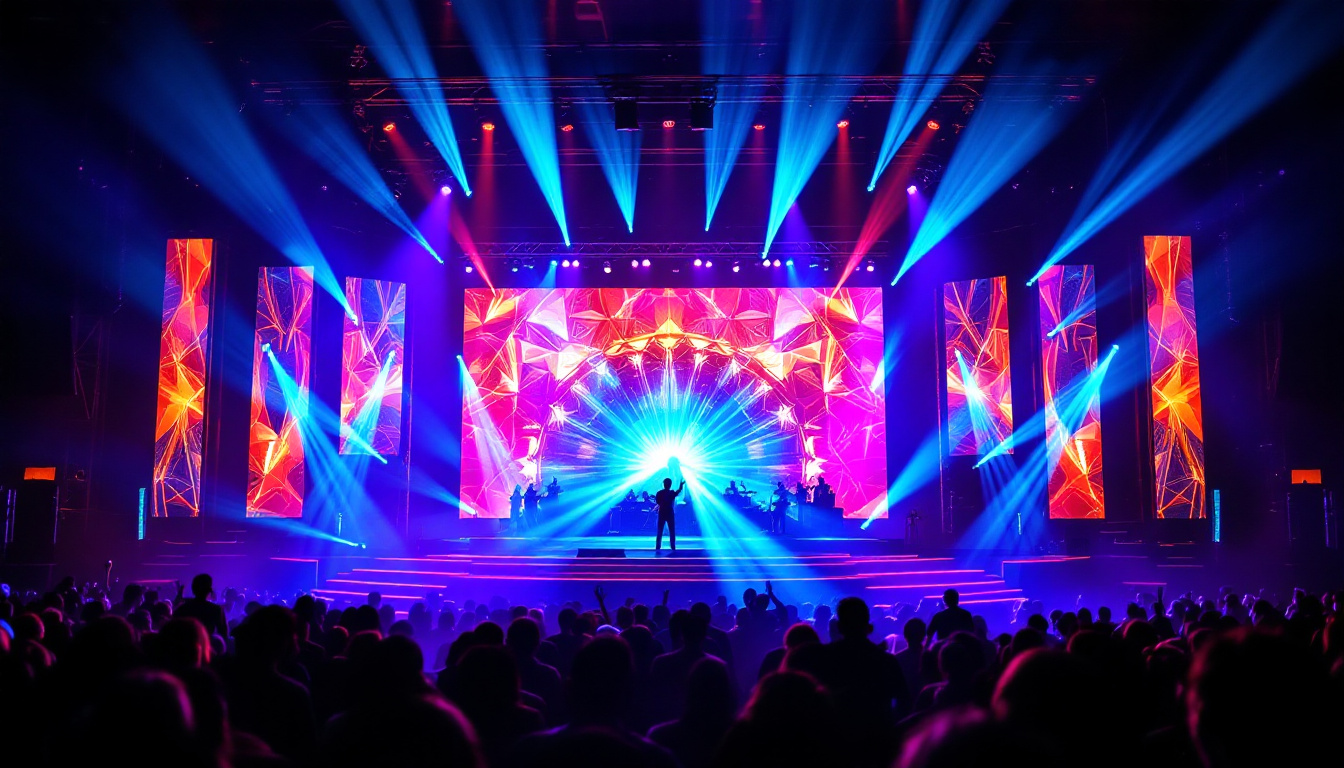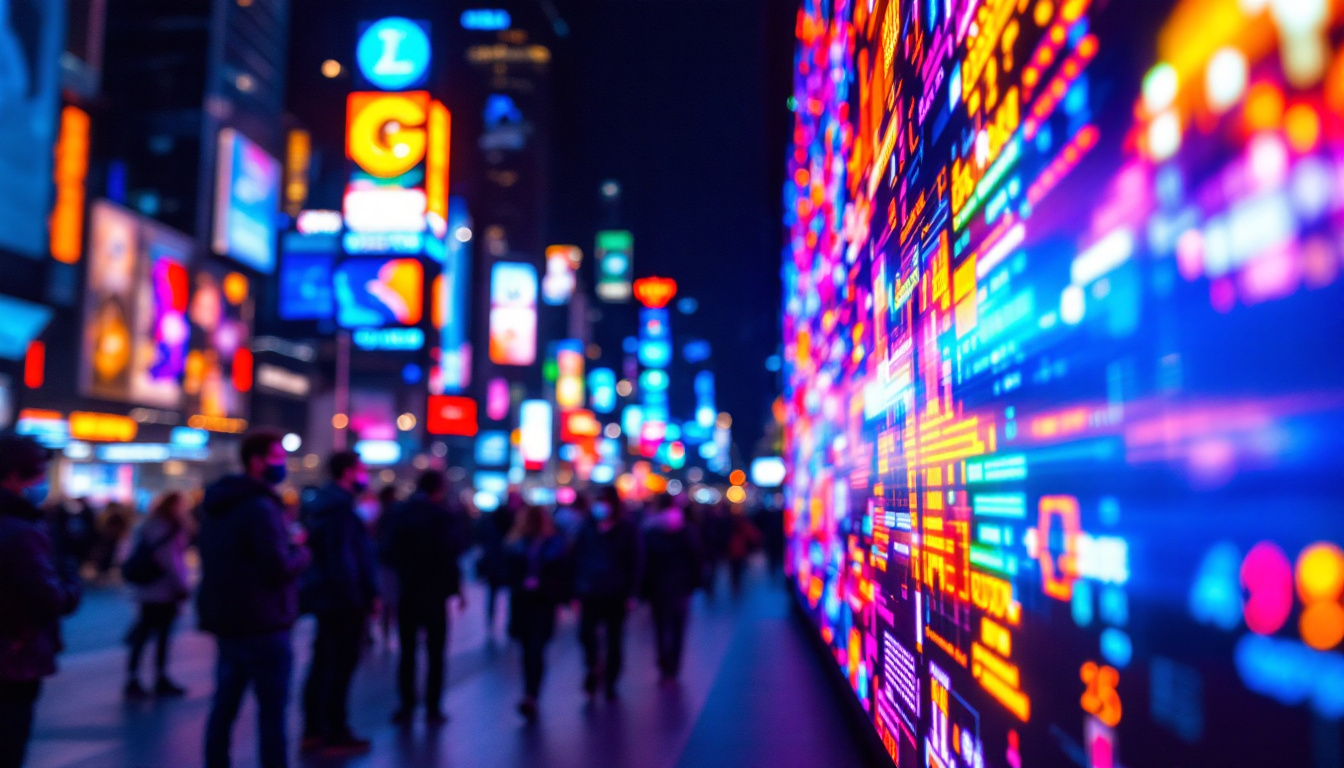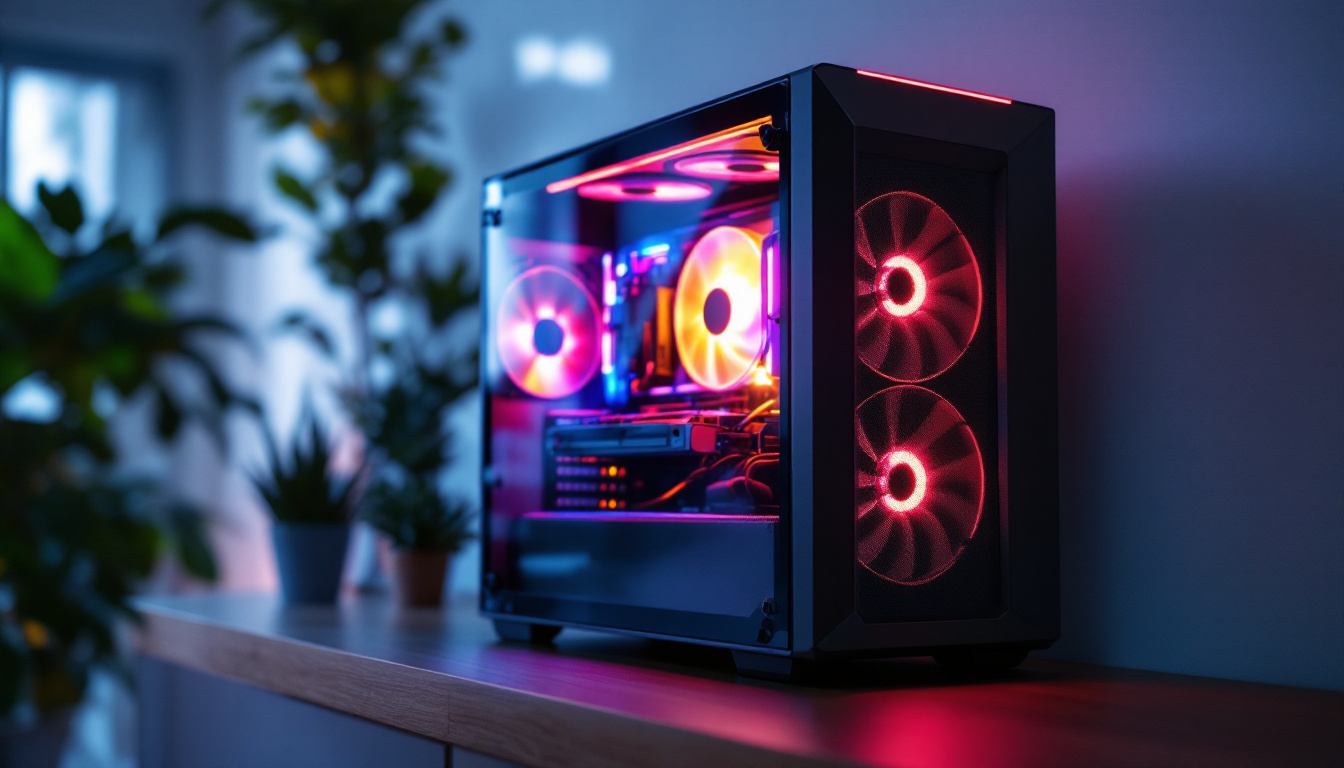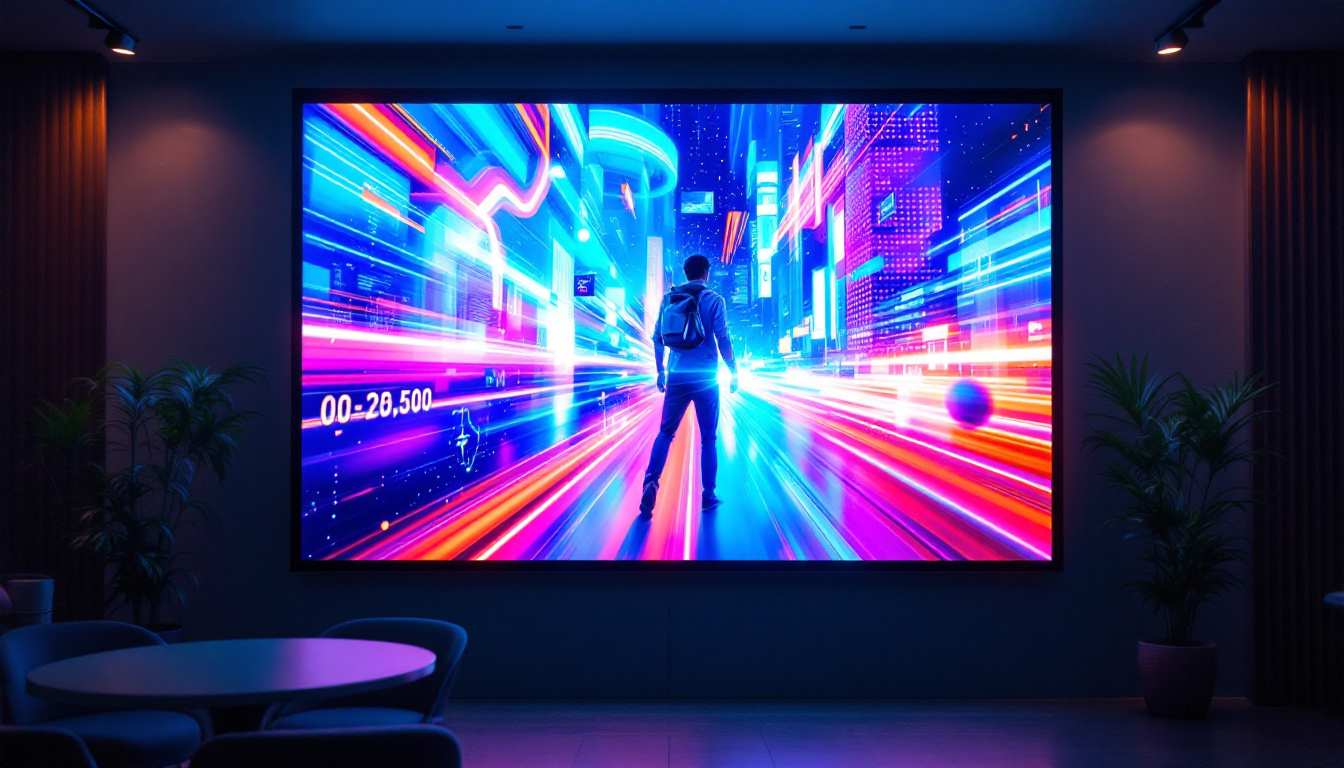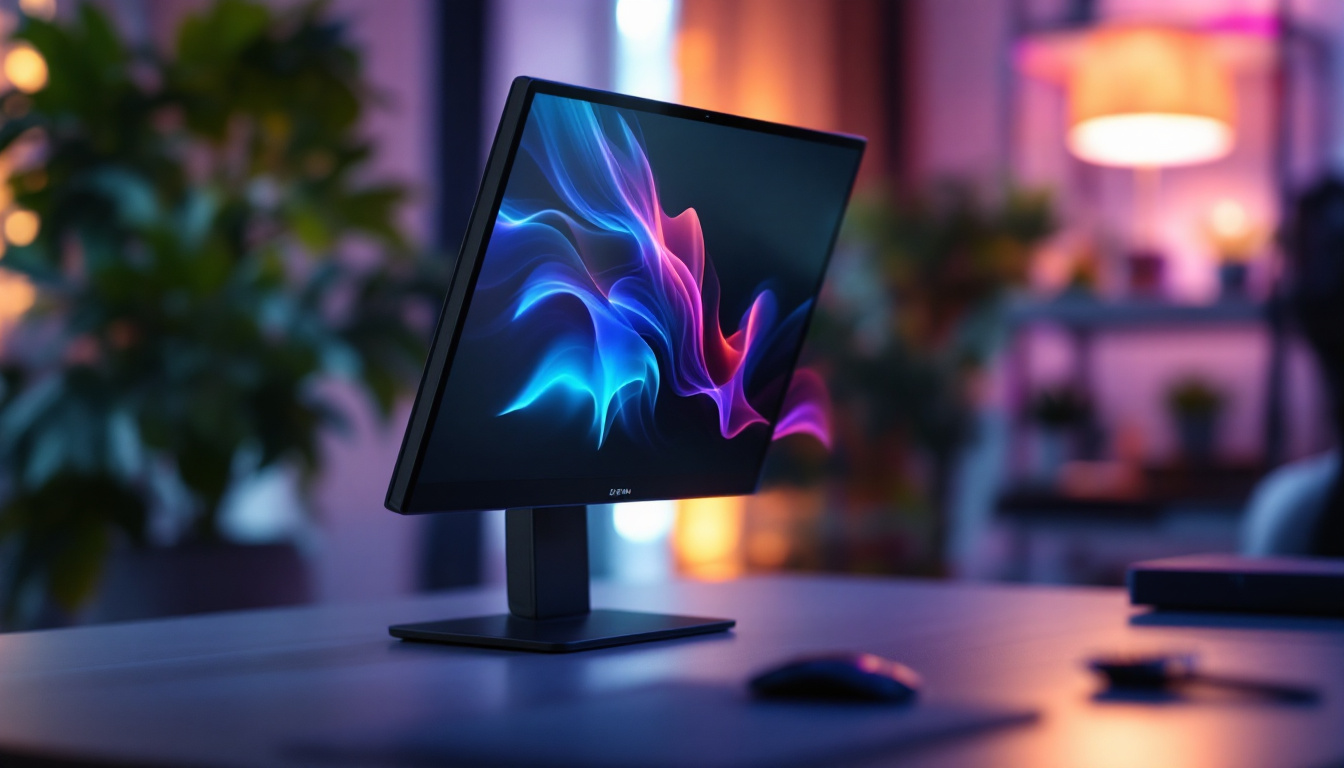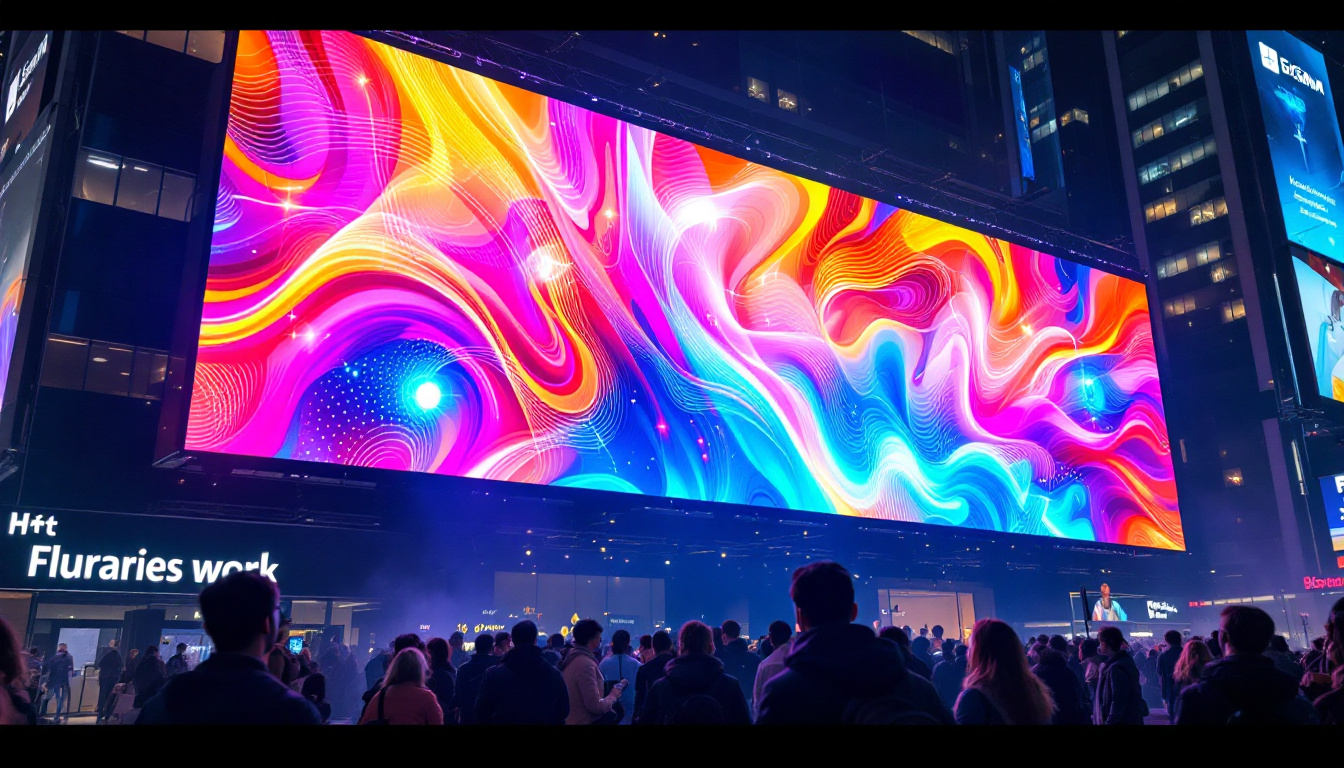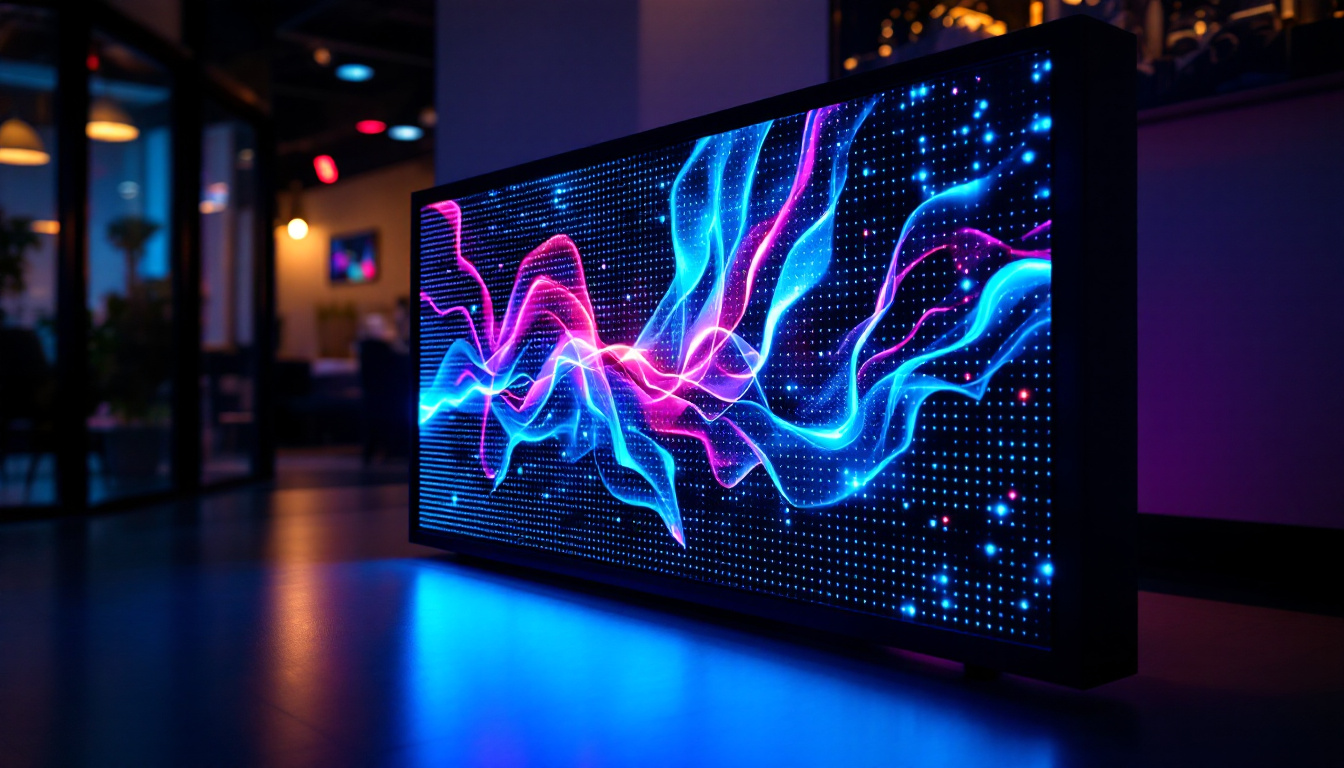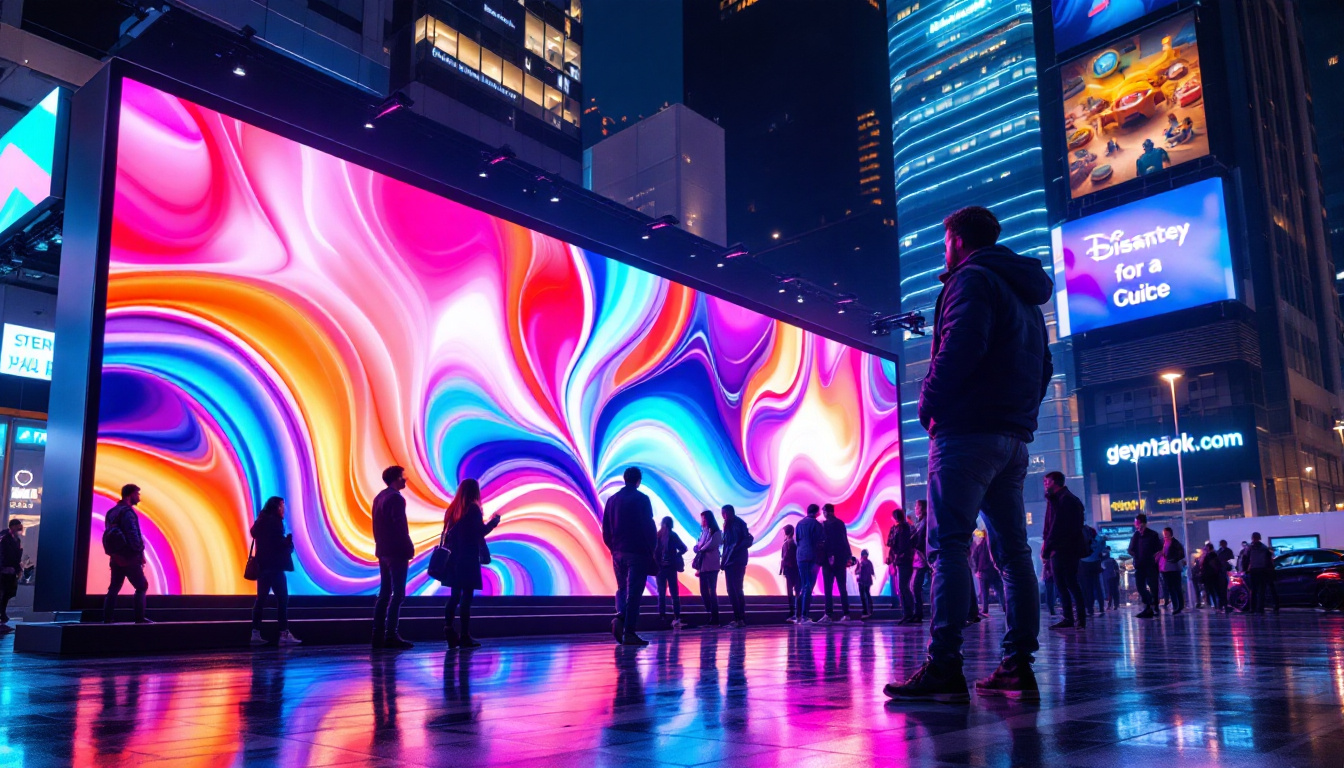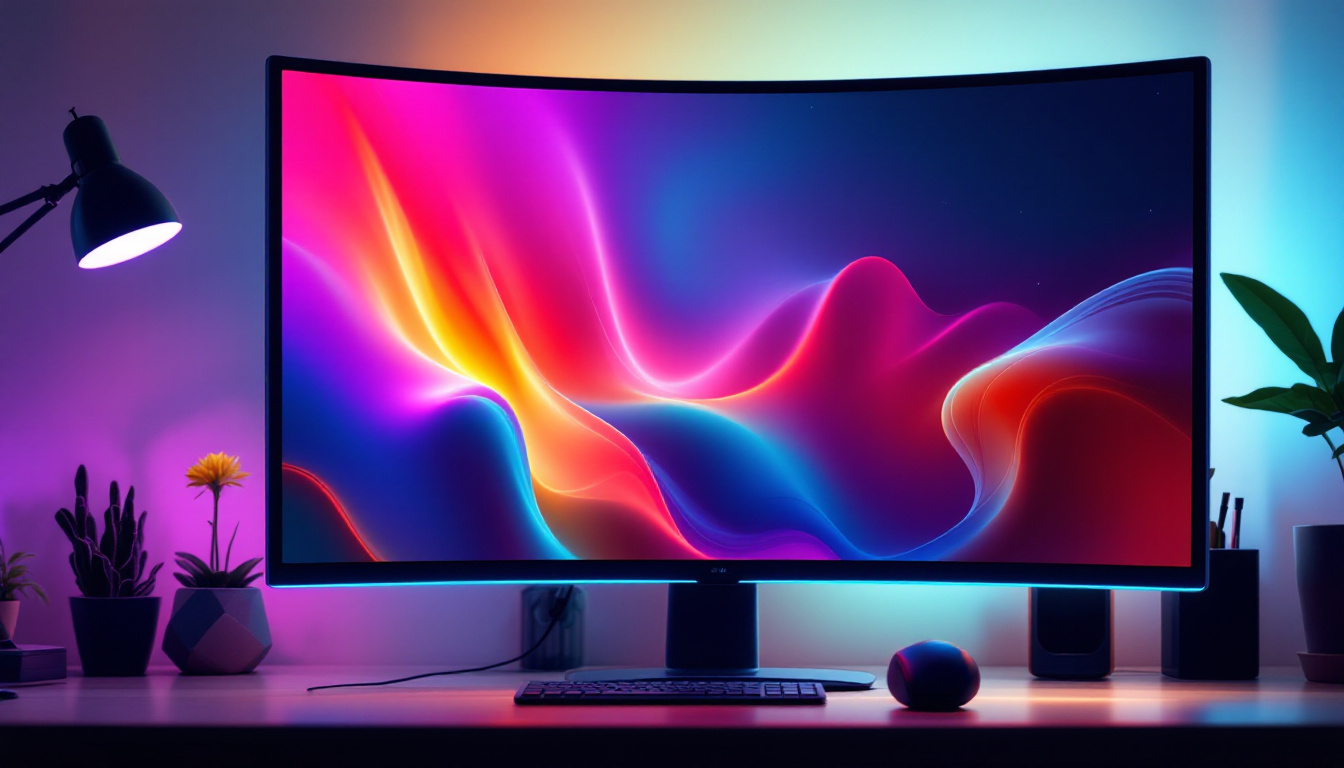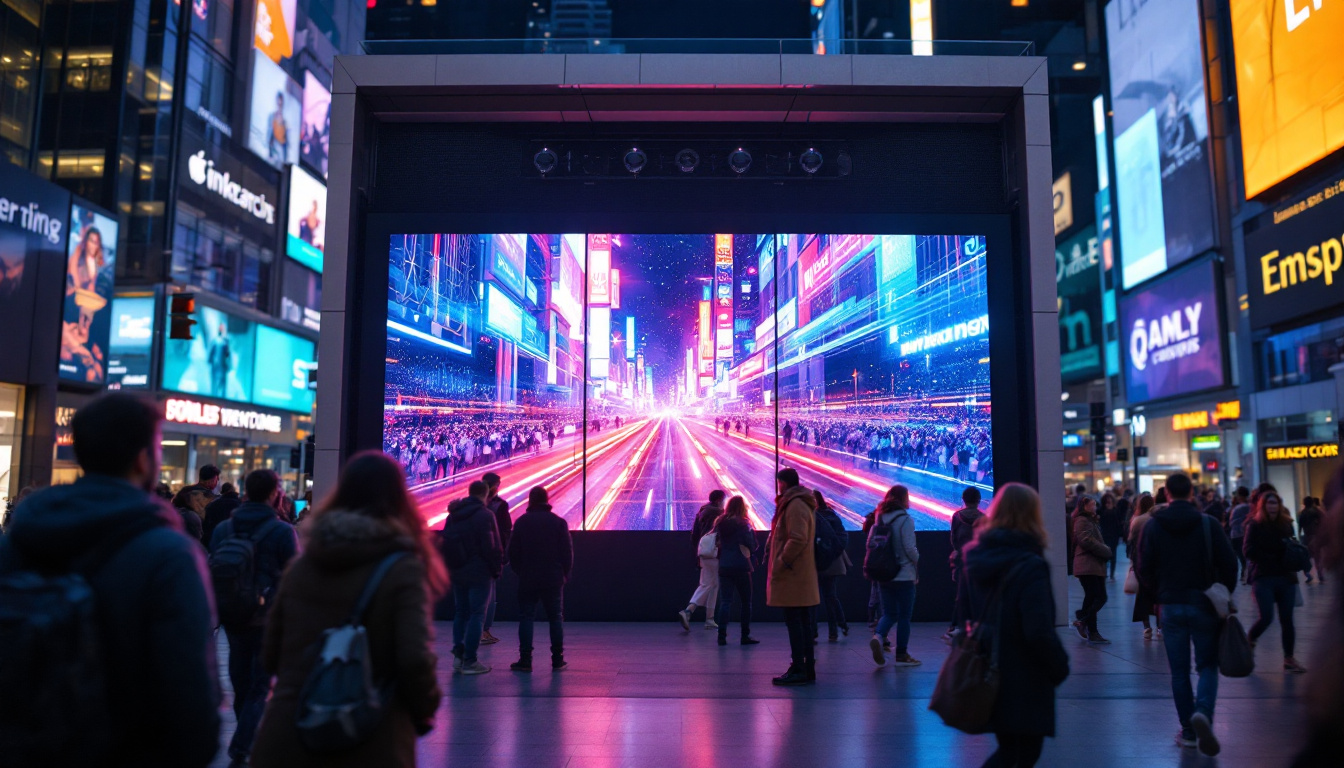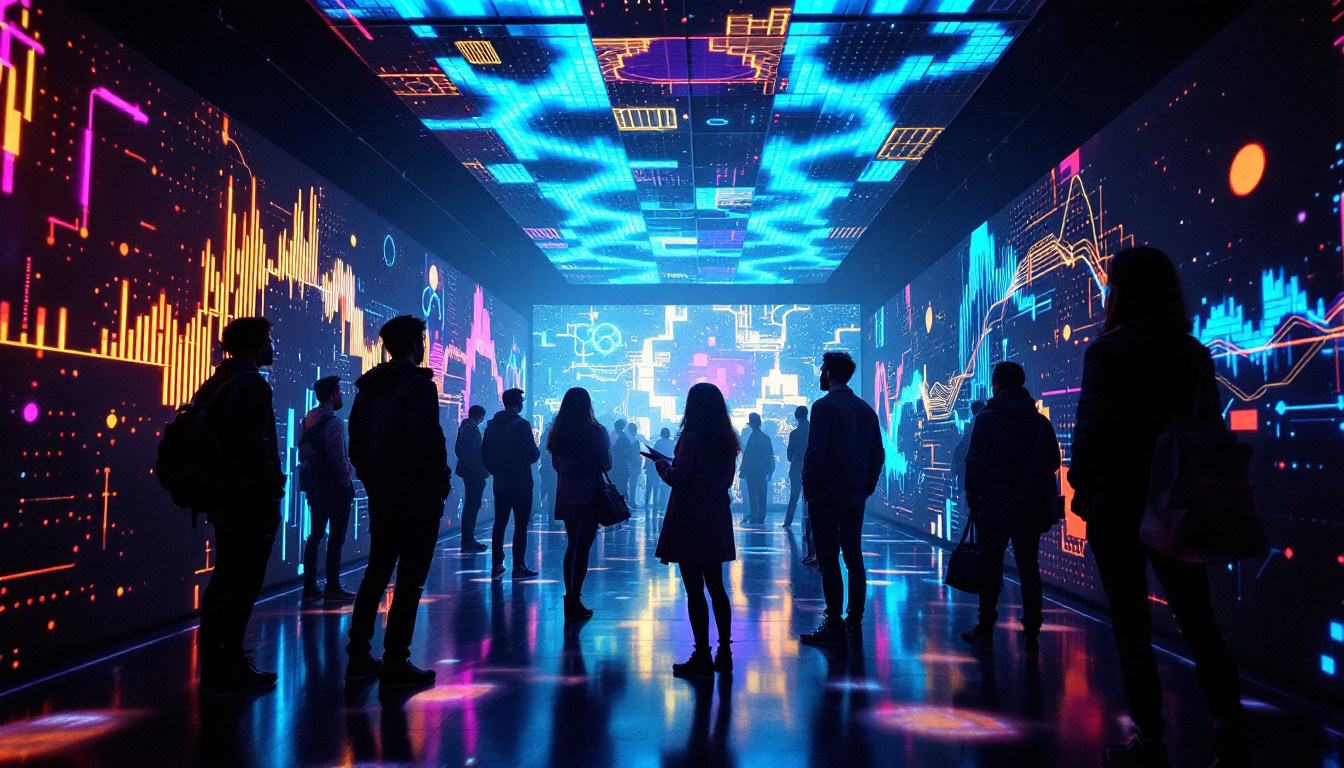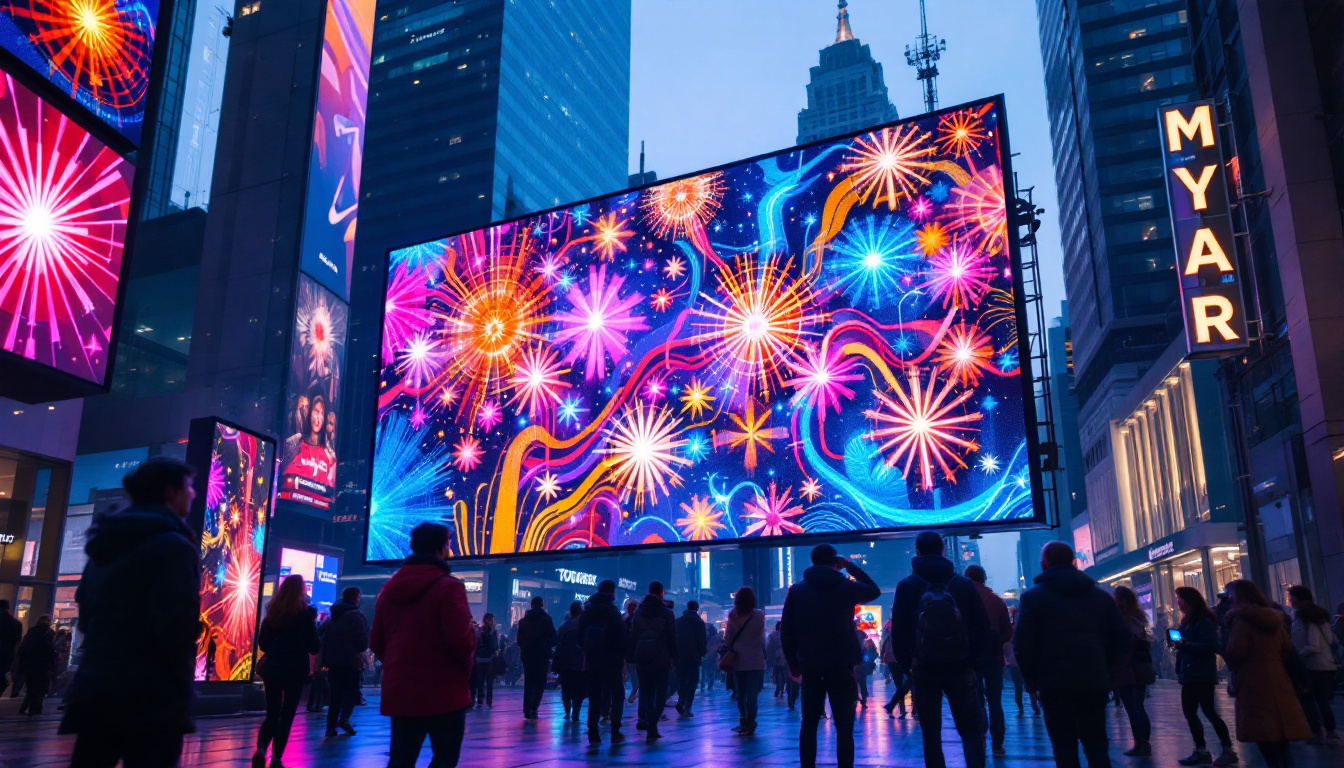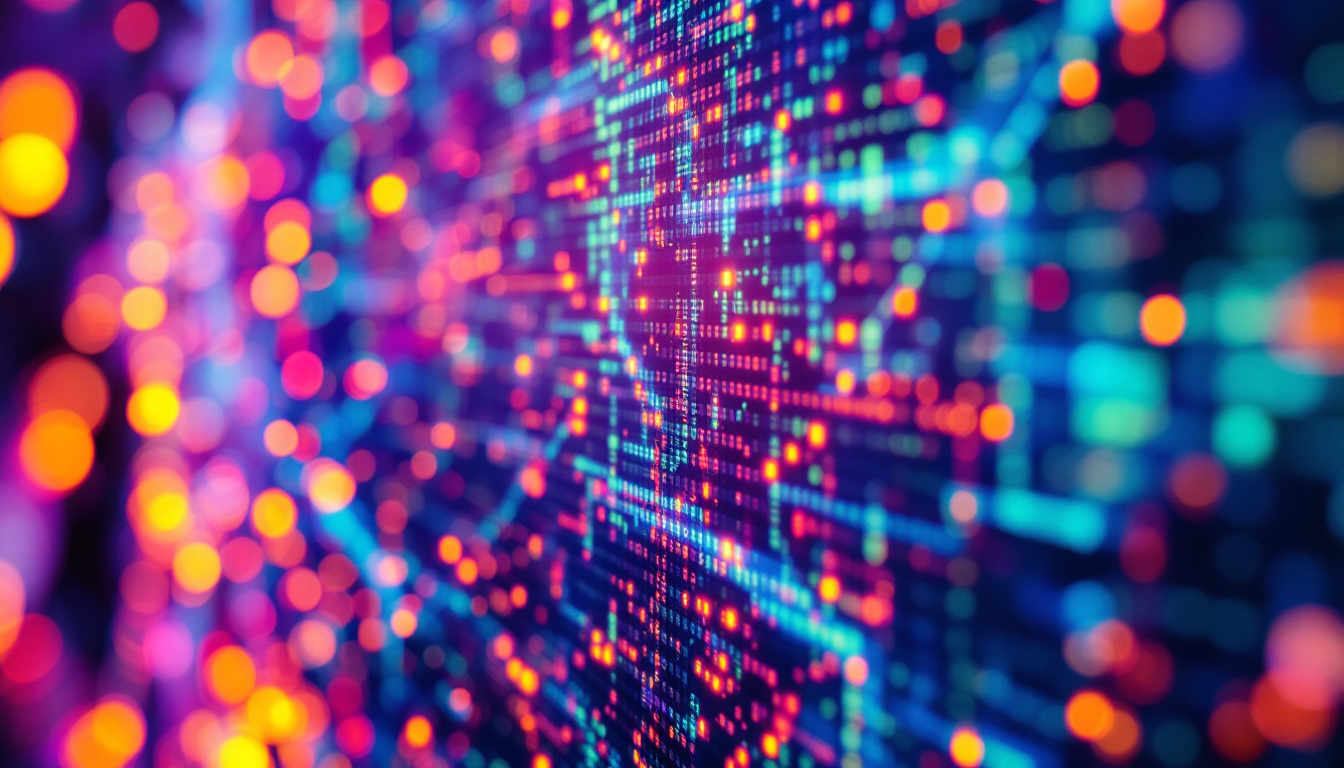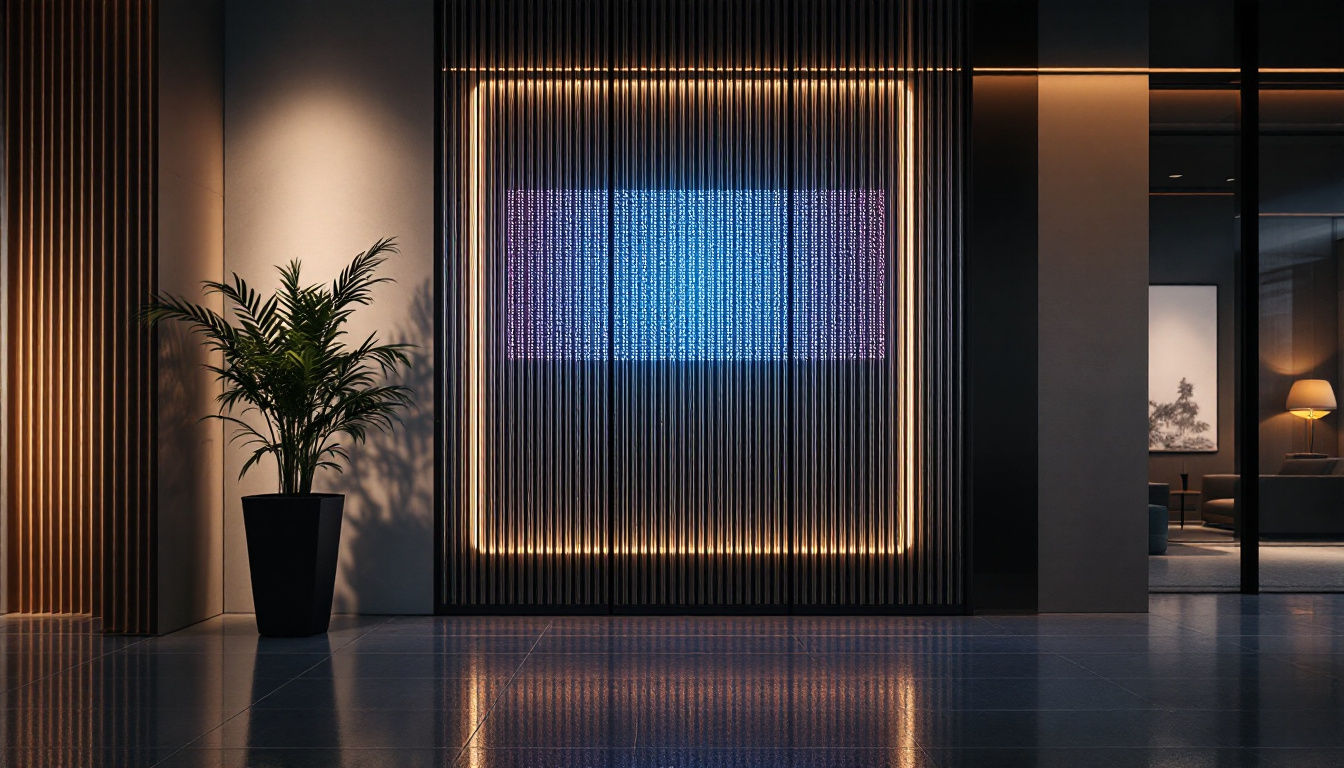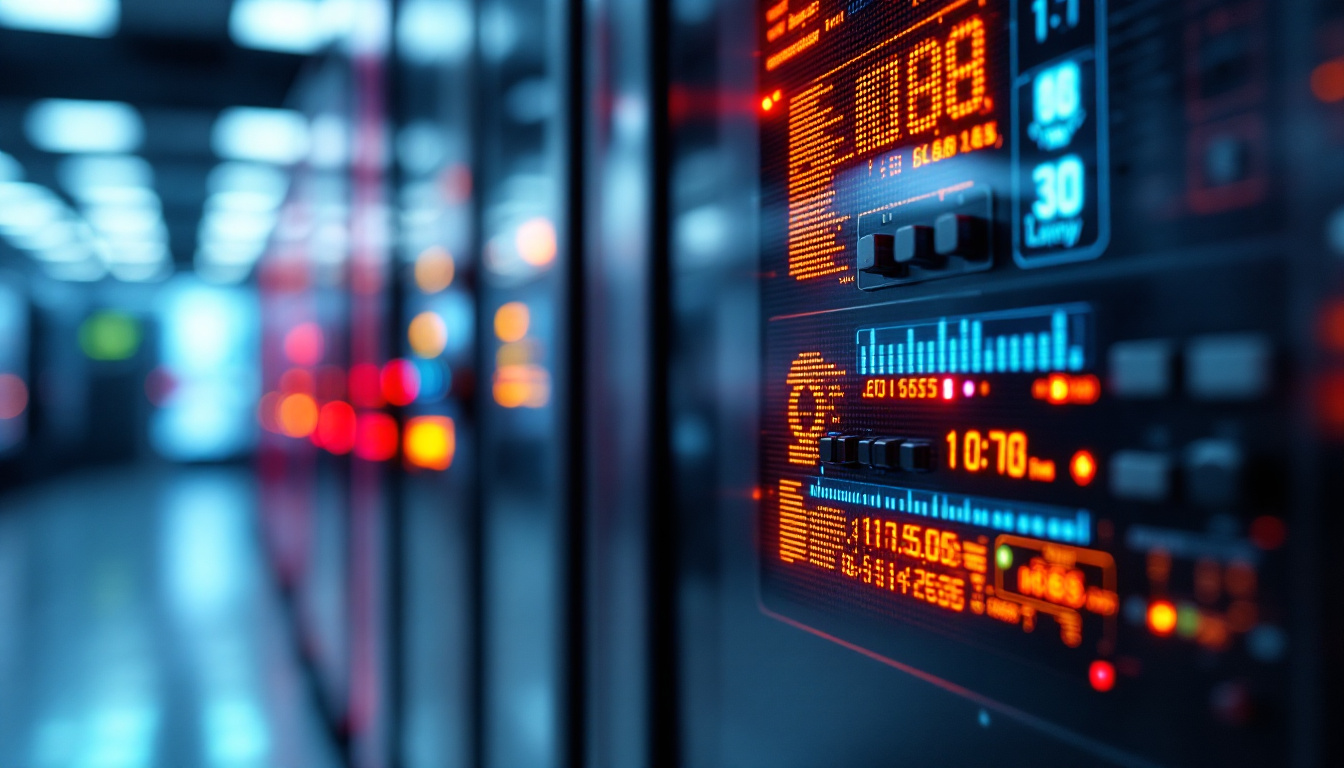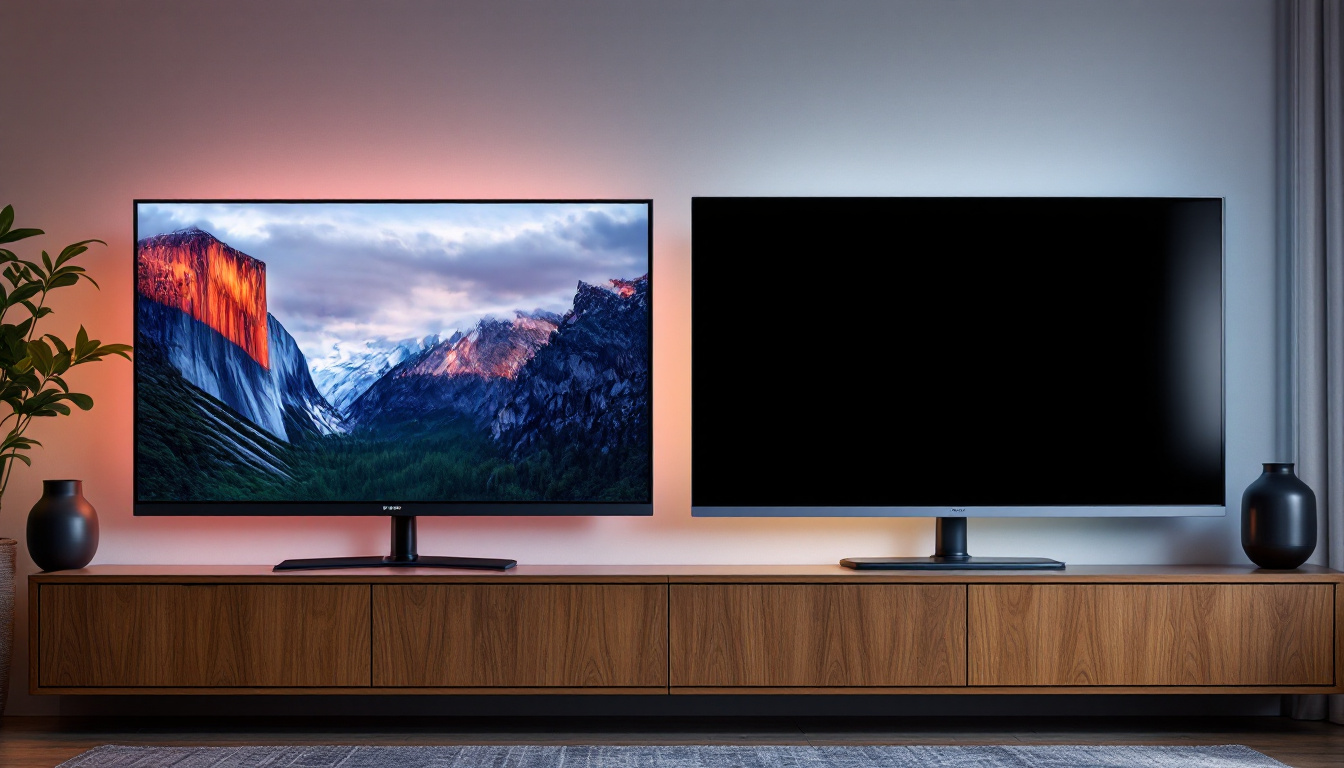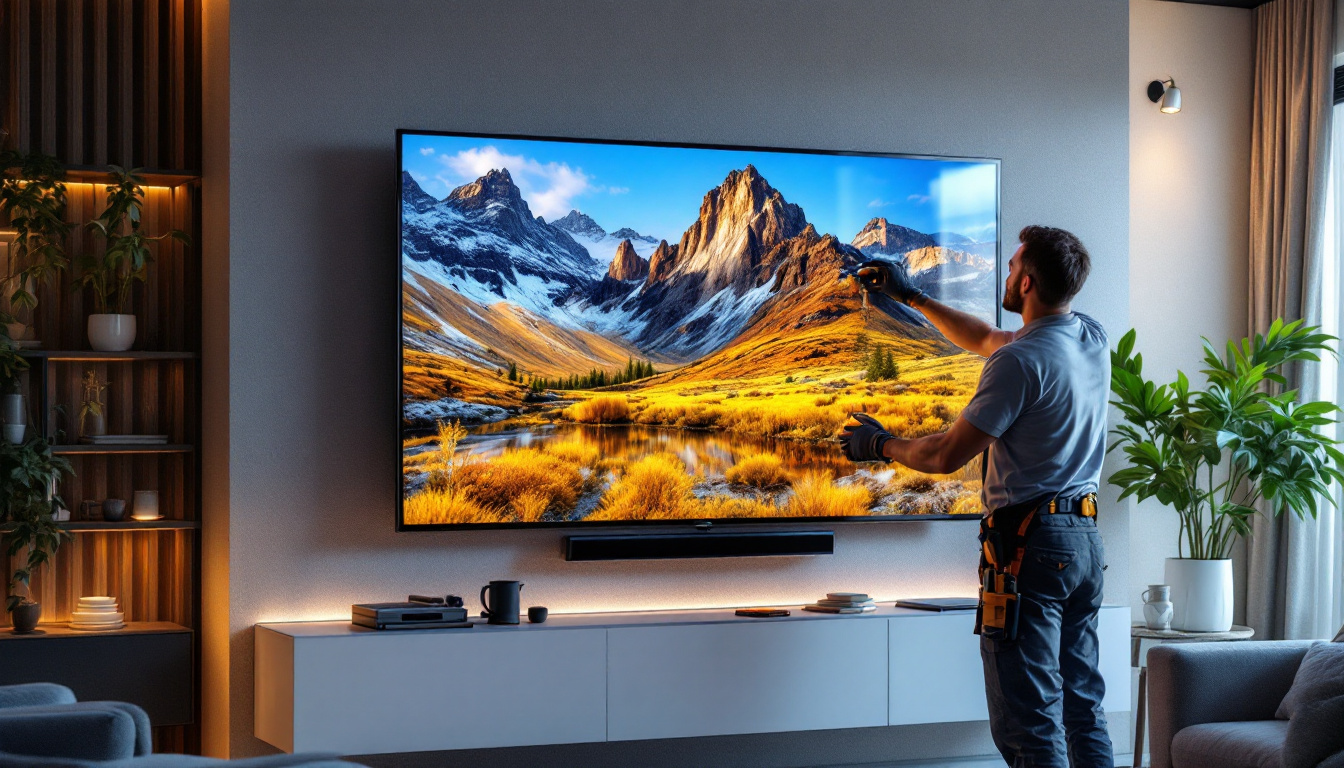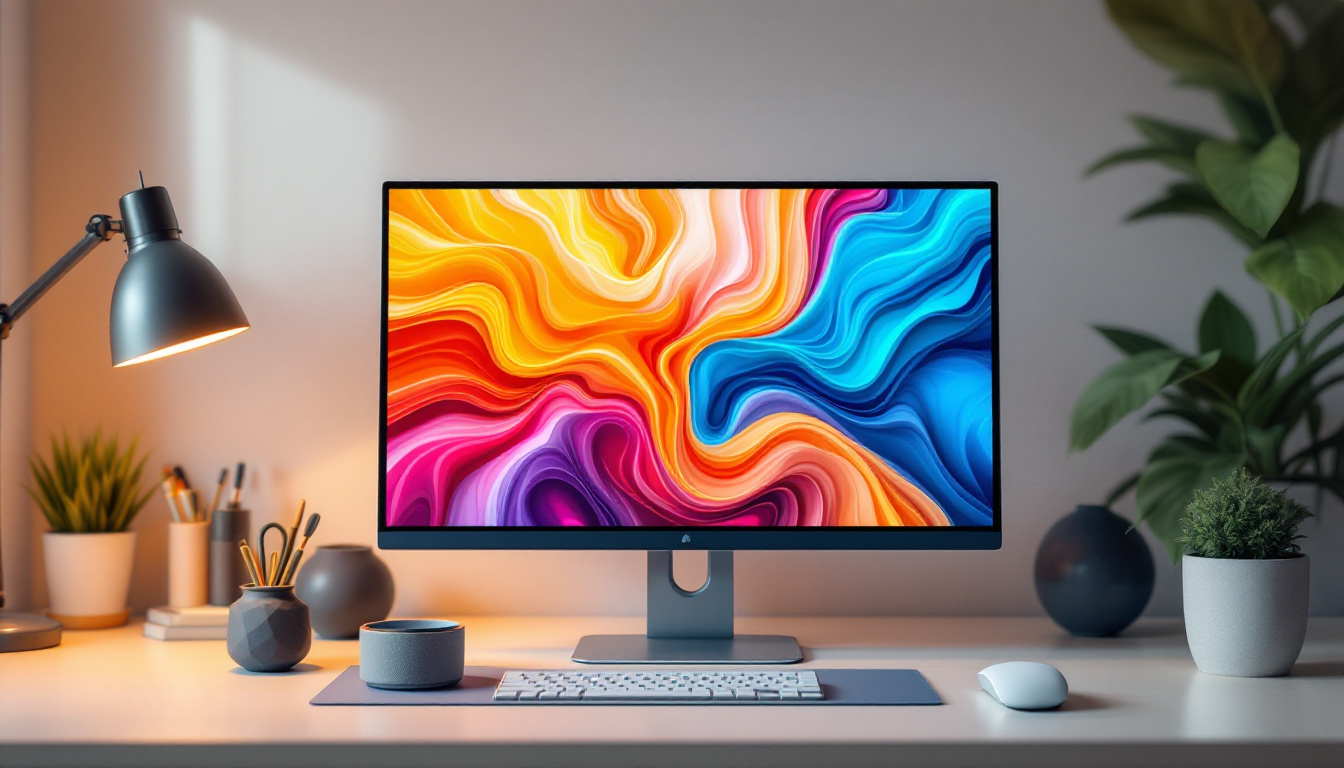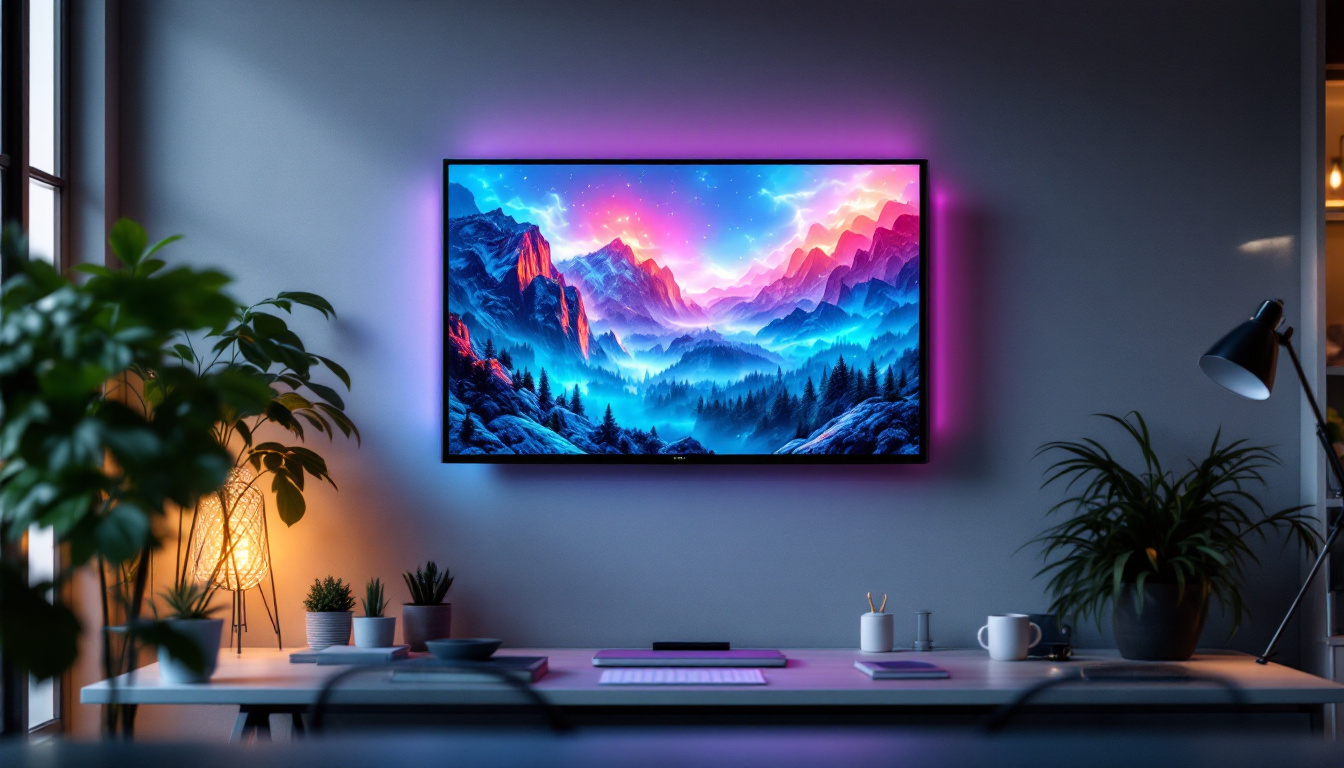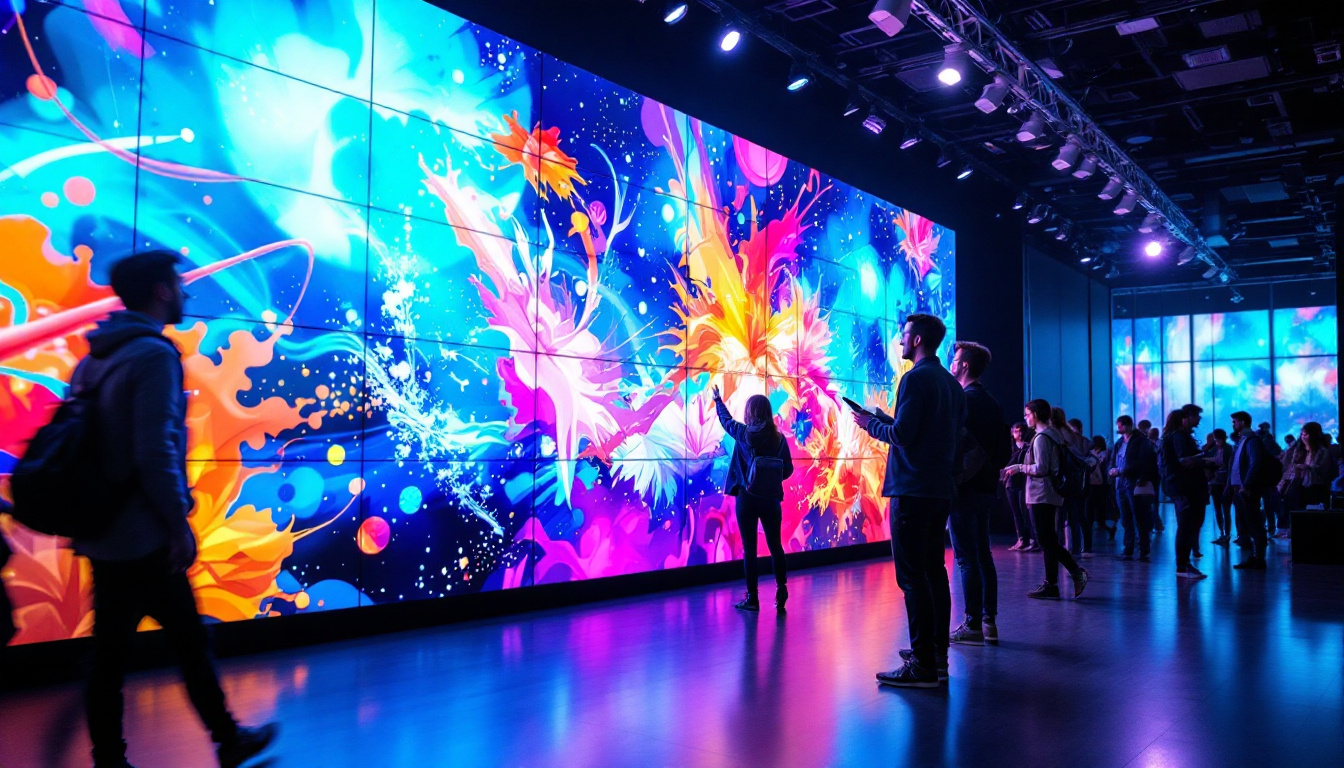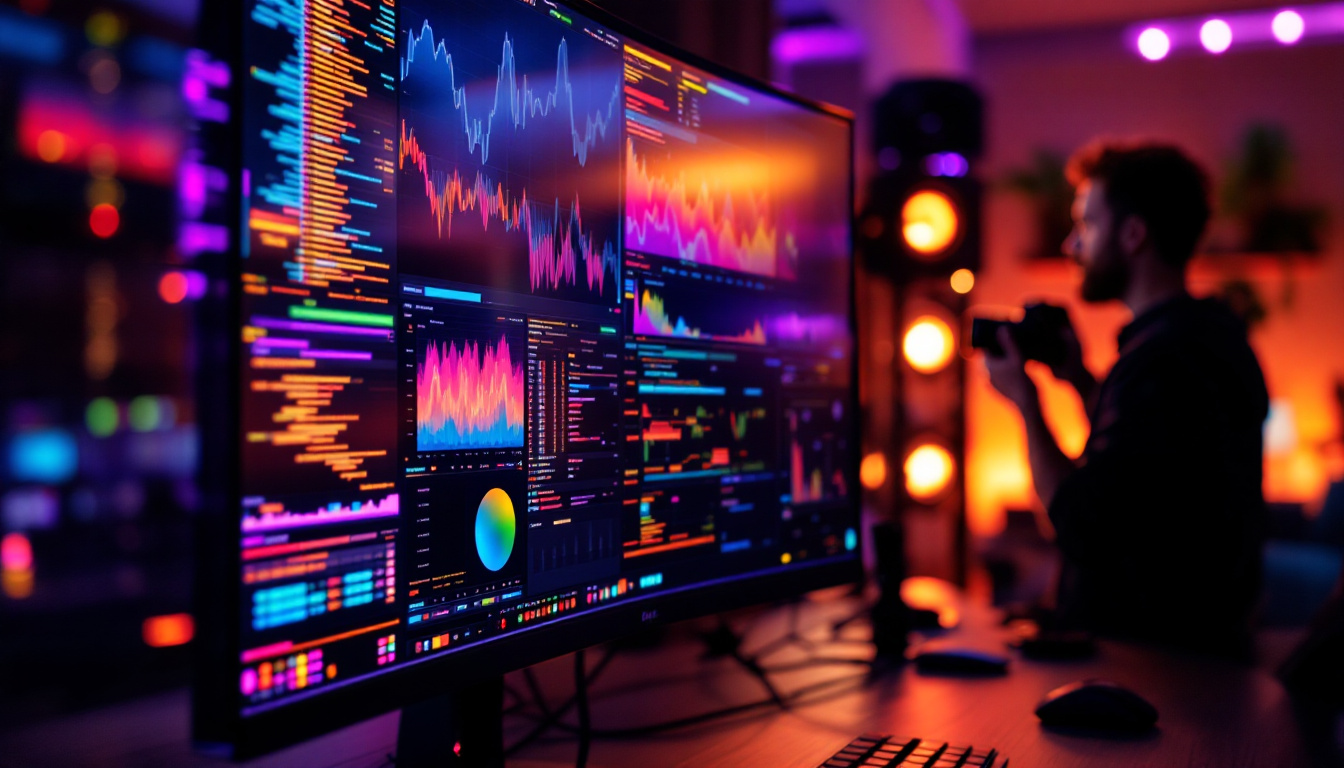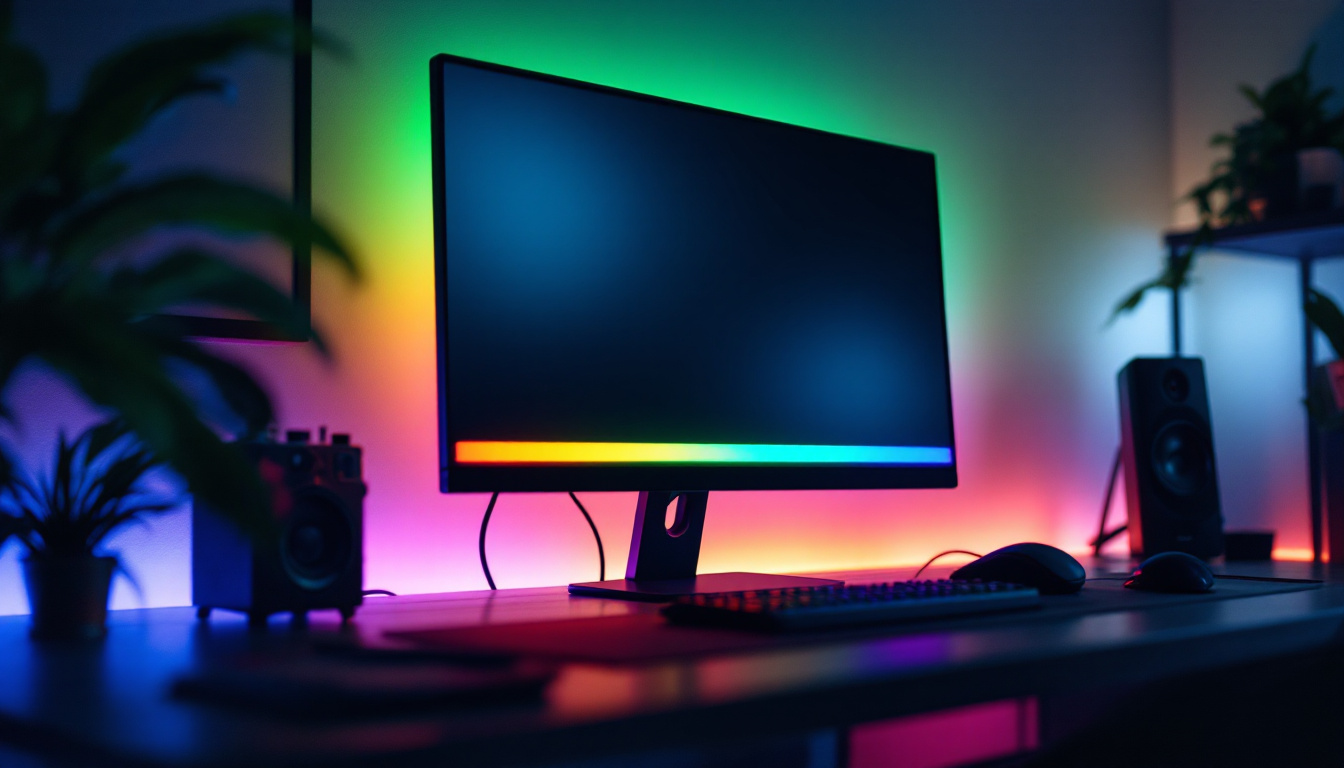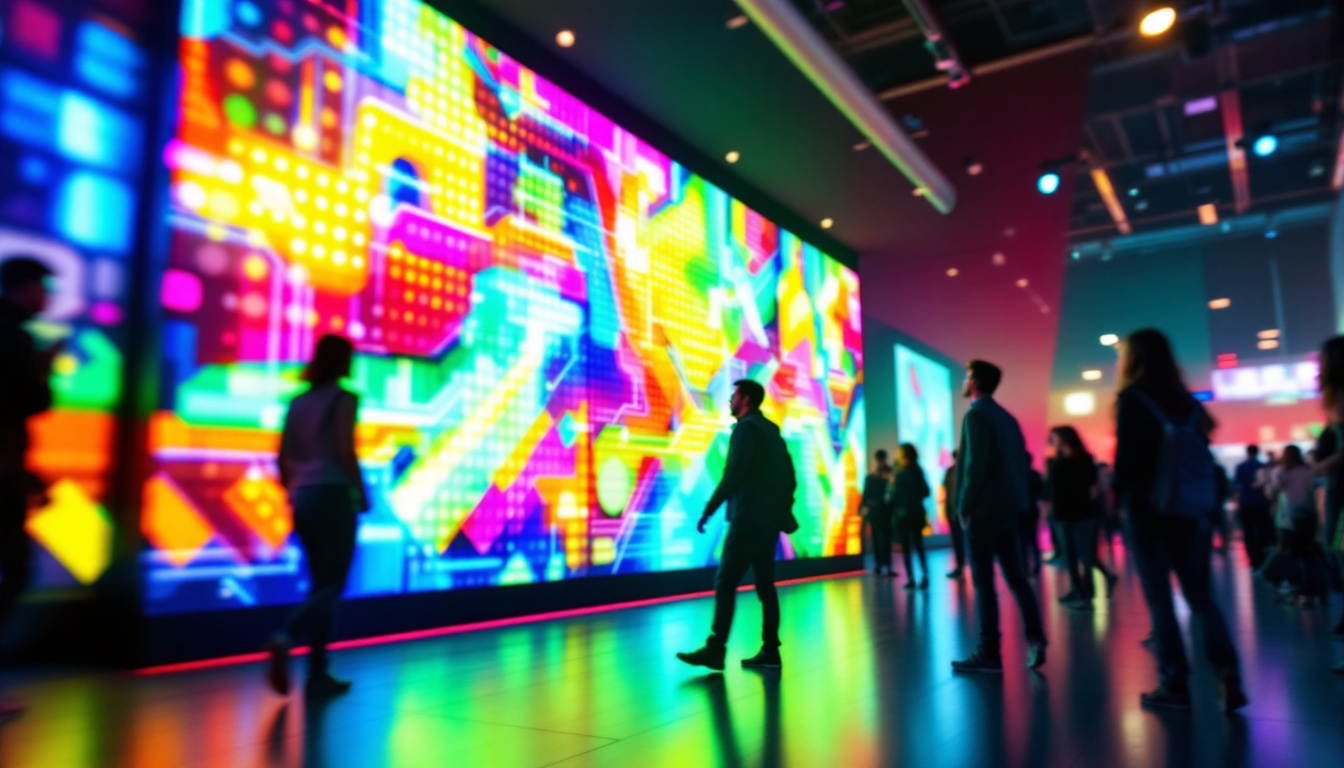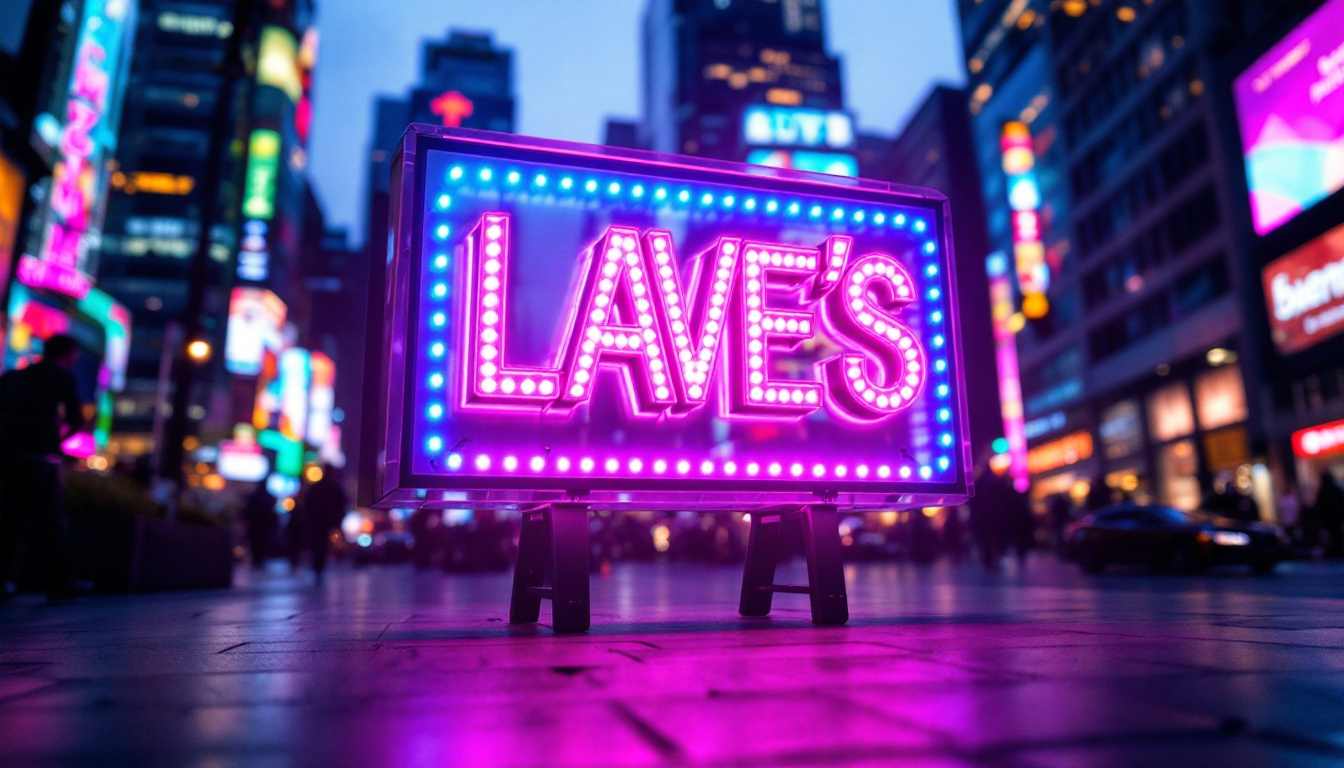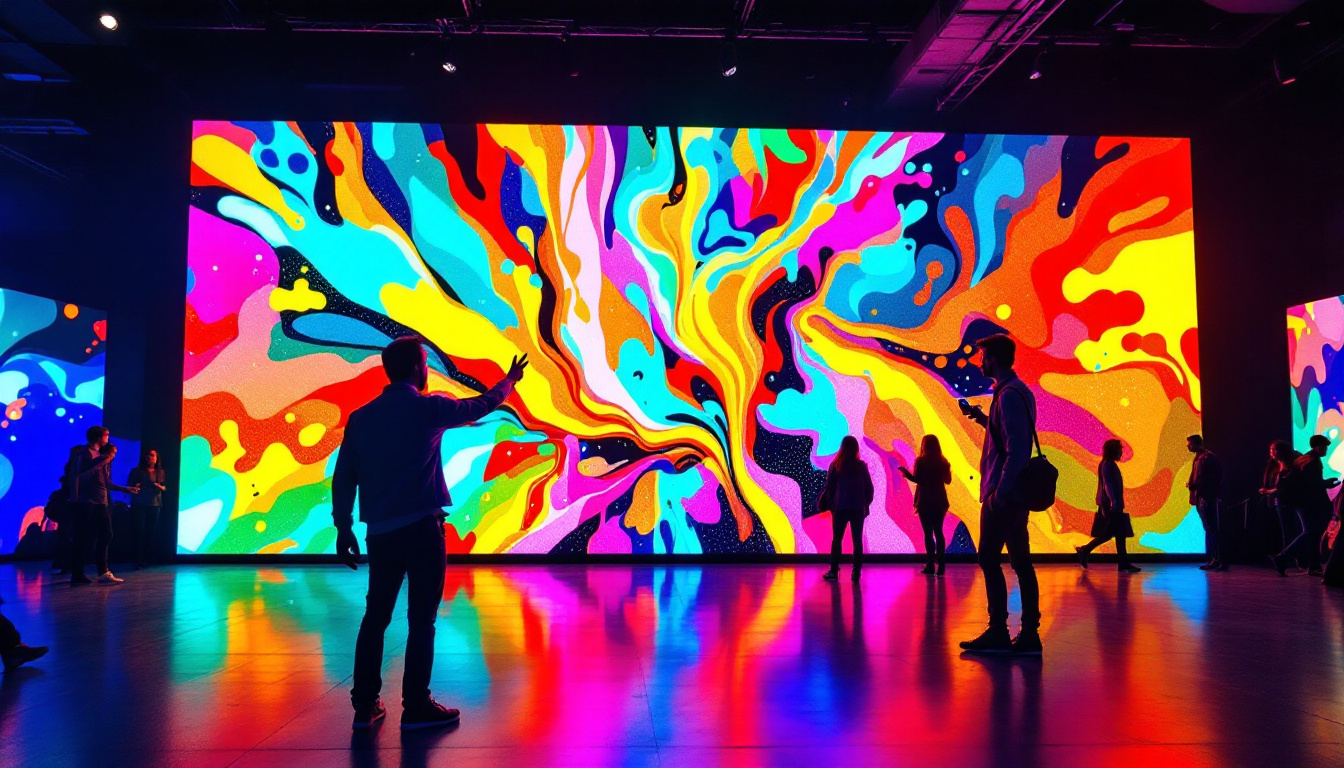In the ever-evolving world of stage production design, the integration of technology has transformed how performances are experienced by audiences. Among the most significant advancements is the use of LED displays, which have become a staple in modern theatrical productions. This article delves into the intricacies of LED display technology, its applications in stage production, and the impact it has on the overall audience experience.
Understanding LED Technology
Light Emitting Diodes (LEDs) are semiconductor devices that emit light when an electric current passes through them. This technology has revolutionized the way lighting and visuals are utilized in various fields, including stage production. The advantages of LED displays over traditional lighting and projection methods are numerous, making them a preferred choice for many production designers.
Advantages of LED Displays
One of the primary benefits of LED displays is their energy efficiency. Compared to conventional lighting systems, LEDs consume significantly less power, which not only reduces operational costs but also minimizes the environmental impact of productions. Furthermore, LEDs have a longer lifespan, which translates to less frequent replacements and lower maintenance costs.
Another advantage is the versatility of LED displays. They can be configured in various shapes and sizes, allowing designers to create immersive environments tailored to the specific needs of a production. Whether it’s a large backdrop or intricate set pieces, the adaptability of LED technology enables creative freedom that was previously unattainable. This flexibility extends to the ability to create dynamic visual effects, such as animations and transitions, which can enhance storytelling and engage audiences on a deeper level.
Brightness and Color Range
LED displays are known for their exceptional brightness and vibrant color reproduction. This quality is particularly beneficial in stage productions where lighting conditions can vary dramatically. The ability to produce rich colors and deep blacks enhances the visual impact of performances, drawing audiences into the narrative more effectively.
Moreover, the brightness of LED displays ensures that visuals remain clear and captivating, even in well-lit environments. This characteristic is crucial for outdoor performances or venues with challenging lighting conditions, where traditional projection methods might struggle to deliver the desired effect. Additionally, the color range offered by LEDs allows for precise color matching, which is essential for maintaining the artistic vision of a production. Designers can utilize advanced color mixing techniques to achieve specific hues, ensuring that every element of the stage design is harmoniously integrated.
Furthermore, the rapid advancements in LED technology have led to the development of features such as pixel mapping and interactive displays. Pixel mapping allows designers to control individual pixels within a display, enabling them to create intricate patterns and effects that can change in real-time during a performance. This capability not only enhances the visual experience but also opens up new avenues for creative expression. Interactive displays, on the other hand, can respond to audience movements or inputs, making the performance more engaging and immersive. As a result, LED technology continues to push the boundaries of what is possible in stage production, fostering innovation and creativity in the arts.
Applications of LED Displays in Stage Production
LED displays have found a multitude of applications within stage production, significantly enhancing the storytelling process. From backdrops to interactive elements, the possibilities are virtually limitless. Below are some of the most common uses of LED technology in theatrical settings.
Backdrops and Scenic Design
One of the most prominent uses of LED displays in stage production is as dynamic backdrops. Traditional painted backdrops can be static and lack the ability to change throughout a performance. In contrast, LED screens can display a wide range of visuals, from serene landscapes to abstract designs, allowing for seamless transitions that enhance the narrative flow.
By utilizing LED backdrops, production designers can create immersive environments that transport audiences into different worlds. This capability not only enriches the visual experience but also allows for greater storytelling flexibility, as scenes can shift rapidly without the need for cumbersome set changes.
Interactive Elements
The integration of LED displays has also paved the way for interactive elements in stage productions. With advancements in technology, performers can engage with the visuals in real-time, creating a more dynamic and engaging experience for the audience. This interaction can take many forms, from live video feeds to audience participation through mobile devices.
For instance, some productions incorporate motion tracking technology that allows performers to manipulate visuals on the LED screen with their movements. This level of interactivity not only captivates the audience but also enhances the emotional connection between the performers and the visuals, creating a more immersive theatrical experience.
Lighting Effects
LED displays are not limited to static images; they can also be used to create stunning lighting effects. By integrating LED technology with traditional stage lighting, designers can achieve a broader spectrum of colors and effects that enhance the overall atmosphere of a performance. This combination allows for greater creativity in lighting design, enabling productions to evoke specific moods and emotions.
Additionally, LED screens can be synchronized with sound and music, creating a cohesive audiovisual experience that captivates audiences. This synchronization can amplify key moments in a performance, making them more memorable and impactful.
Challenges and Considerations
While LED displays offer numerous advantages, there are also challenges and considerations that production designers must keep in mind when incorporating this technology into their designs. Understanding these factors is essential for successful implementation.
Cost and Budgeting
One of the primary challenges associated with LED displays is the initial investment. High-quality LED screens can be expensive, and production budgets must account for these costs. However, it is essential to view this investment as a long-term benefit, as the durability and energy efficiency of LED technology can lead to significant savings over time.
Production designers must carefully evaluate their budgets and determine how to allocate funds effectively. This may involve prioritizing certain aspects of the production while ensuring that the integration of LED technology does not compromise the overall vision.
Technical Expertise
Implementing LED displays in stage production requires a certain level of technical expertise. Designers must be familiar with the technology, including setup, programming, and troubleshooting. This expertise is crucial for ensuring that the displays function correctly throughout the performance.
To address this challenge, many production teams choose to collaborate with specialized technicians or companies that focus on LED technology. This collaboration can streamline the process and ensure that the displays are utilized to their full potential, ultimately enhancing the production quality.
Environmental Considerations
As with any technology, there are environmental considerations associated with the use of LED displays. While LEDs are generally more energy-efficient than traditional lighting, the production and disposal of electronic components can have environmental impacts. Production designers should strive to source sustainable materials and consider recycling options for outdated technology.
By being mindful of these environmental factors, production teams can contribute to a more sustainable industry while still reaping the benefits of LED technology.
The Future of LED Displays in Stage Production
The future of LED displays in stage production looks promising, with ongoing advancements in technology and design. As the demand for more immersive and engaging performances continues to grow, LED displays will likely play a pivotal role in shaping the theatrical landscape.
Innovations in Technology
Emerging technologies, such as flexible LED screens and augmented reality (AR), are set to revolutionize how productions utilize visuals. Flexible LED screens can be shaped and configured in unique ways, allowing for even more creative possibilities in set design. Meanwhile, AR technology can enhance the audience experience by overlaying digital elements onto the physical stage, creating a hybrid reality that blurs the lines between the real and the virtual.
These innovations will provide production designers with new tools to craft visually stunning and emotionally resonant performances, pushing the boundaries of what is possible in stage design.
Integration with Other Technologies
As LED displays continue to evolve, their integration with other technologies will likely become more seamless. For instance, the combination of LED displays with artificial intelligence (AI) could lead to adaptive visuals that respond to the performers and the audience in real time. This level of interactivity could redefine the theatrical experience, making each performance unique and tailored to the audience’s reactions.
Furthermore, advancements in wireless technology may allow for more flexible setups, enabling designers to create dynamic stage environments without the constraints of traditional wiring and infrastructure.
Expanding Accessibility
Another important aspect of the future of LED displays in stage production is the potential for increased accessibility. As technology becomes more affordable and user-friendly, more productions can incorporate LED displays, regardless of budget constraints. This democratization of technology will enable a broader range of artists and productions to explore innovative designs and storytelling methods.
Moreover, as accessibility features are integrated into LED displays, such as closed captioning and audio descriptions, productions can reach wider audiences, ensuring that everyone has the opportunity to experience the magic of live theater.
Conclusion
LED displays have undeniably transformed the landscape of stage production design. Their versatility, energy efficiency, and ability to create immersive experiences have made them an essential tool for modern productions. While challenges exist, the benefits of incorporating LED technology far outweigh the drawbacks, paving the way for more innovative and engaging performances.
As technology continues to evolve, the future of LED displays in stage production promises to be exciting. With ongoing innovations and a growing emphasis on accessibility, production designers are poised to push the boundaries of creativity and storytelling, captivating audiences in ways that were once unimaginable. The journey of LED displays in stage production is just beginning, and the possibilities are endless.
Illuminate Your Stage with LumenMatrix
Ready to elevate your stage production with the cutting-edge capabilities of LED display technology? Discover LumenMatrix’s innovative LED display solutions, designed to bring your creative vision to life. From Indoor and Outdoor LED Wall Displays to specialized options like Vehicle, Sports, and Floor LED Displays, LumenMatrix offers a wide range of products to create truly immersive and engaging visual experiences. Embrace the future of stage design and check out LumenMatrix LED Display Solutions today, where your message shines with unparalleled clarity and impact.

